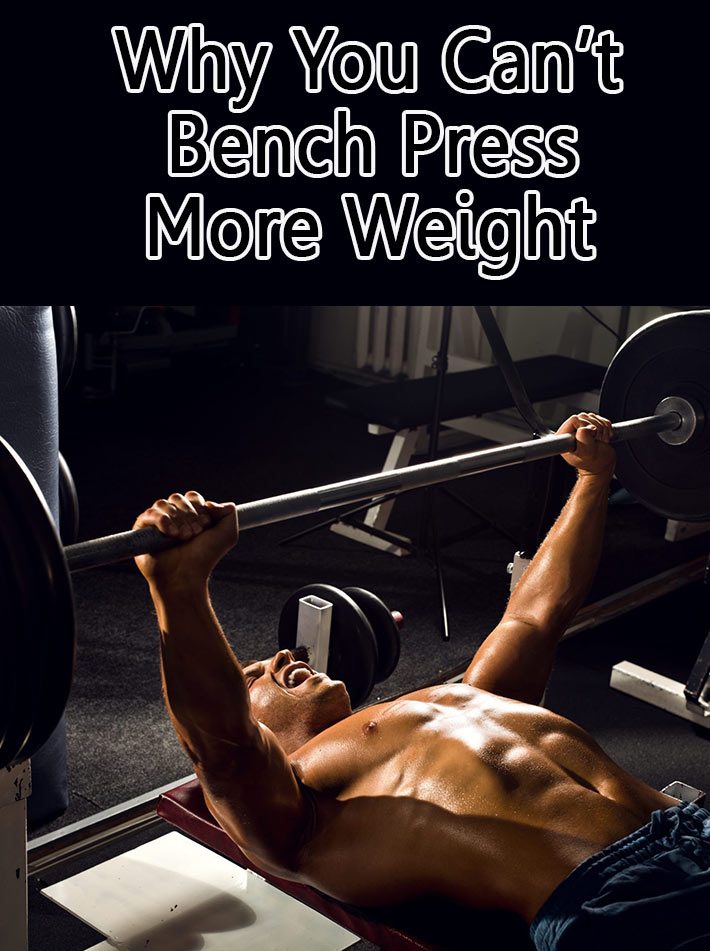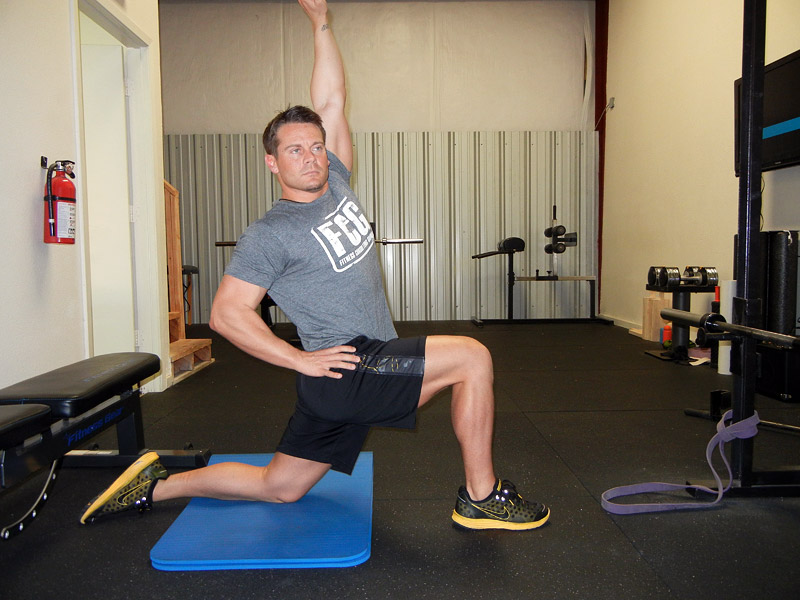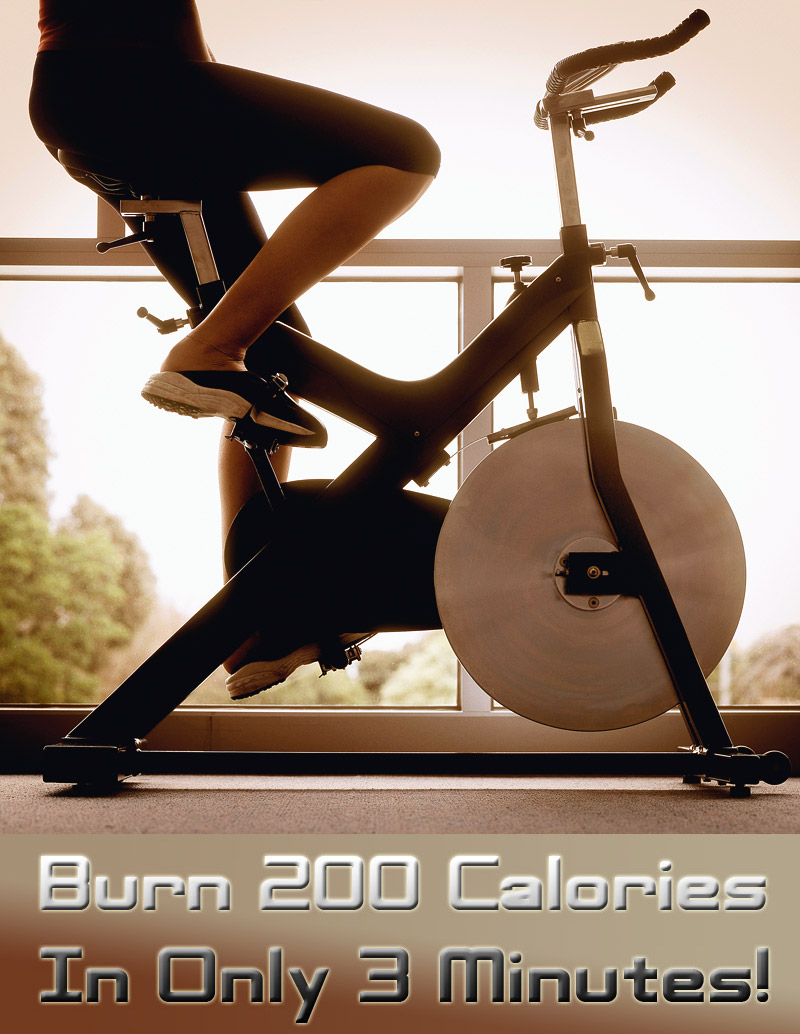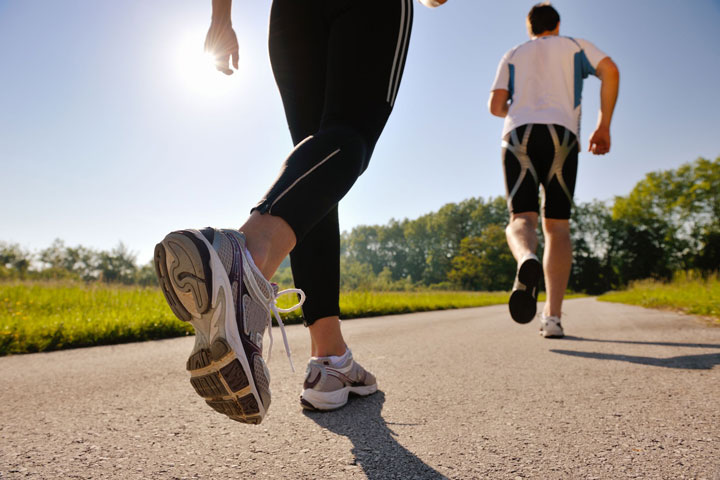
One of the best ways to become stronger is to stop spending all your energy focusing on your chest and start paying more attention to the other muscles involved.
Some things never change. Sundays will always be better with football, repeat episodes of Seinfeld will still be funny, and the bench press will always be an exercise that most guys want to improve the most. Maybe it’s because pressing strength is slower to increase than the other big exercises like rows, squats and deadlifts. Or maybe it’s an expression of some sort of evolutionary gym trait. Whatever the reason, the bench is so popular that it’s become cliché to ask, “What’s your bench?”
While many guys spend Monday (and Wednesday and sometimes Friday) pressing away, hoping to get stronger, it’s often the non-bench exercises that make the biggest difference in your strength gains. That’s right: it’s what you do when you’re not benching that might make the biggest difference in your bench max.
So if you really want to see better results—and have a more impressive number to brag about—start emphasizing these techniques. They may seem unrelated, but they could be the key to your next big bench breakthrough.
Build Your Back

The bench press has two main components: lowering the weight to your chest (eccentric phase), and pressing the weight back to the starting position (concentric phase).
When you lower the weight, your chest is not the center of support. The muscles in your back are really the base for this part of the movement. That’s why during the down stroke you want to squeeze your shoulder blades together and keep them locked and tight to create as much tension as possible. More important, it’s why you want to build a bigger, stronger back.
Your body responds best to balance, so it’s important to work your antagonist muscles (in this case, your back) to make strength gains.
A bigger back provides more stability when you lower and press the weight. The more stability and support you have, the more you can bench.
While many back exercises will improve your overall strength, it’s important to train in the same plane as the bench press, meaning horizontal movements. More specifically, bent-over rows with dumbbells and barbells, and chest-supported rows offer the most bench-boosting bang for your back.
Stretch (Yes, Stretch)

This will come as the biggest surprise to some, but performing a few stretches can, in fact, boost your bench. Forget all the arguments about whether static stretching is good or bad. This is more about fixing weak links in your pressing motion.
Your muscles need to be able to move through a full range of motion for optimal growth. If your muscles are inflexible and get locked up, it will limit your bench. The two areas that hold most people back are the back and hips.
If you want to increase your bench max, not only should you add thickness to your back, you also need to stretch your lats.
Tight lats can mean that your shoulders won’t work right. And if your shoulders aren’t working, your bench is at risk. Here are two movements that can help your back mobility.
Pec Stretch
- Loop a resistance band around a stable object over your head and grab both ends with one hand.
- Your arm should be at about a 45-degree angle.
- Step out and away from the band so there is tension with a straight arm.
- Push your chest up and out and slowly turn your body away from your hand.
- You should feel a stretch across your pec and into your front deltoid (front of your shoulder).
- Hold the stretch for about 30 seconds. Repeat on the other side.
Lat Stretch
- Use the same band setup as the Pec Stretch, but this time face the band.
- Grab it with one hand, step back away from the band, and with a straight arm and neutral spine, pull your hips away and lower your chest toward the floor.
- You should feel a stretch from your triceps through your armpit to your lats.
- Hold for 30 seconds each arm.
Perhaps more surprising is how your hips can limit your upper body. Creating full-body tension is essential for a good bench press, and as you might guess, the term “full body” includes your hips and core.
You want your feet locked down and pressed forcefully into the ground to create more force and stability. If you’re one of those people who places his feet on top of the bench or up in the air, you’re blowing the lift.
If you feel discomfort or a lack of tension in your body when your feet are on the ground, the issue might be your hip mobility. Tight hip flexors prevent hyperextension, which is part of properbench press technique. Use this hip flexor stretch to help fix the problem.
Hip Flexor Stretch
- Kneel down on your left knee with your right foot on the floor and your right knee bent 90 degrees.
- Reach up with your right hand as high as you can.
- Bend your torso to your right.
- Rotate your torso to the right as you reach with your right hand as far behind you as you can.
- Hold this position for 30 seconds.
- Kneel on your right knee, switch arms and repeat.
Add to Your Arms

In addition to a powerful chest, guys love arms that fill out their shirt sleeves, which should make this last area of focus an easy sell.
You need strong triceps to press more weight. The muscles in the back of your arms are doing most of the work in the latter phase of a bench press rep, when you’re trying to “lock it out.”
That’s why any good bench prep routine should include heavy extensions, dips and close-grip presses on an incline press.
But if you really want to fry your triceps in a way that will improve your bench, try the “JM Press,” named after JM Blakely, a man who has pressed more than 700 pounds.
The JM Press
- Position yourself on a flat bench and grab a barbell with a narrow grip.
- Lower the bar in a straight line down toward the upper part up your chest, just below your neck.
- Rock the weight back by pushing your elbows up and above your chest. The weight should be in front of your face as if you were doing a lying triceps extension (a.k.a Skullcrusher).
- DO NOT go too heavy with this lift.
- Perform a Triceps Extension back to the starting position and repeat.
The movement might feel a little awkward at first. Think of it as a close-grip bench press/triceps extension hybrid, and you’ll start seeing improvement from your triceps and, eventually, in your bench performance.





Leave a Reply